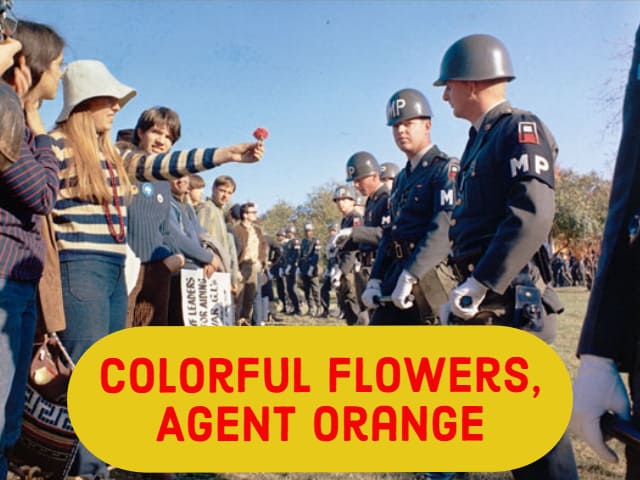Class: High School U.S. History
Lesson: Students will source, contextualize, and analyze primary documents to asses United States domestic sentiment during the Vietnam War. Using these documents, students will answer the question:
“How did the Vietnam War influence the relationship between the U.S. federal government and its people?”
This questions fits into our essential questions, “How should the relationship between a federal government and its citizens look?”
Students’ prior knowledge on the subject includes Cold War foreign policy (Containment), U.S. entry to the Vietnam War, and the Civil Rights movement of the mid-20th century. Following this lesson, students will be able to justify why some citizens supported the Vietnam War while others protested against it.
Process: The teacher will offer a brief introduction to the Vietnam War and display the timeline of events. To begin the lesson, I will raise the following questions to contextualize this lesson within the overall unit:
Why did the United States enter the Vietnam War? What is happening in the U.S. during the early 1960s as the U.S. formally enters Vietnam?
As the students discuss the questions, I will hand out the Anti-Vietnam War Movement Timeline and Graphic Organizer. As discussion on the above questions continues, students will have time to complete the first question on the graphic organizer.
Next, students will open the attached documents on their device, printed copies made available for those who prefer them. Students will read their assigned documents and fill in their section of the graphic organizer as they read. Then, the class will fill out the rest of graphic organizer together in a discussion format – ultimately leading to the higher-order thinking questions at the end. To close, I will ask students to share their hypotheses, using the historical skills of source and context to support their answers.
Documents found here:
- Vietnam Timeline
- Martin Luther King Jr.
- John Kerry
- Jackie Robinson
- Editors of Time Magazine
- Slide Show w/ Pictures
Reflection:
After delivering this lesson, my biggest takeaway is this:
The questions we ask our students are far more important than any answer we may ever give them.
As history teachers, we are tasked with teaching our students how to think. Although it is challenging to step off of center stage and create a student-centered classroom, it is a challenge we must all accept. To better prepare lessons for my students going forward, I hope to center each day around a timeless central question. This central question will guide each decision made in class, serving as the foundation for the lesson. This central question will also provide structure to the class so that students can understand where they are and where they are going.
My hope is that centering each lesson around a central question will solve some of the challenges concerning clarity, purpose, and organization that I faced during this lesson. Additionally, I learned that more planning, rehearsal, and making sure that course content ties back to the central question will serve students well and make lessons significantly less stressful to teach.


